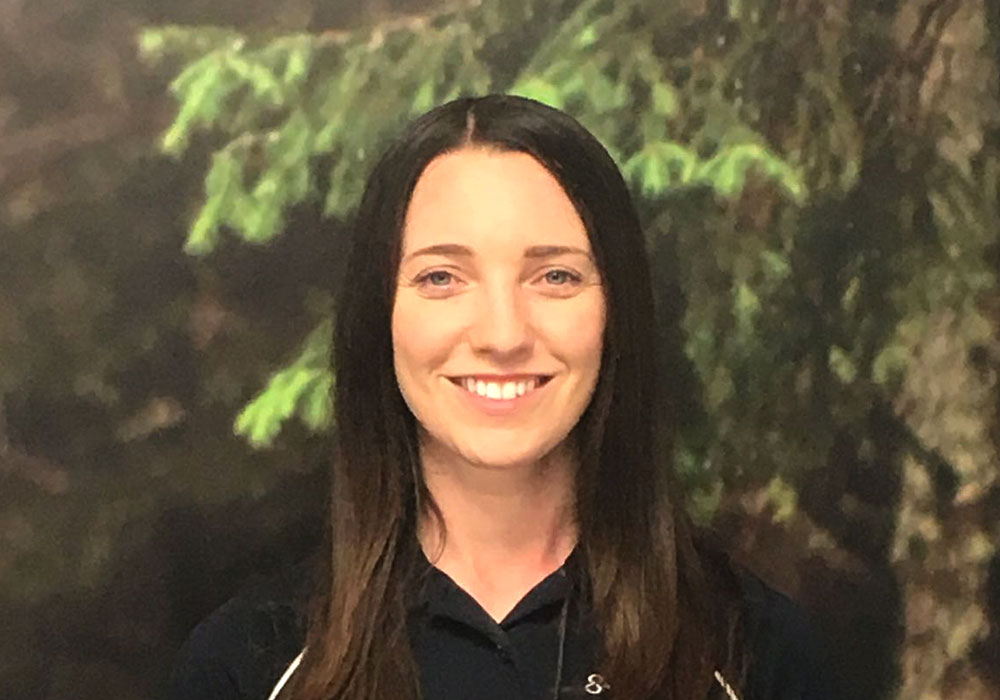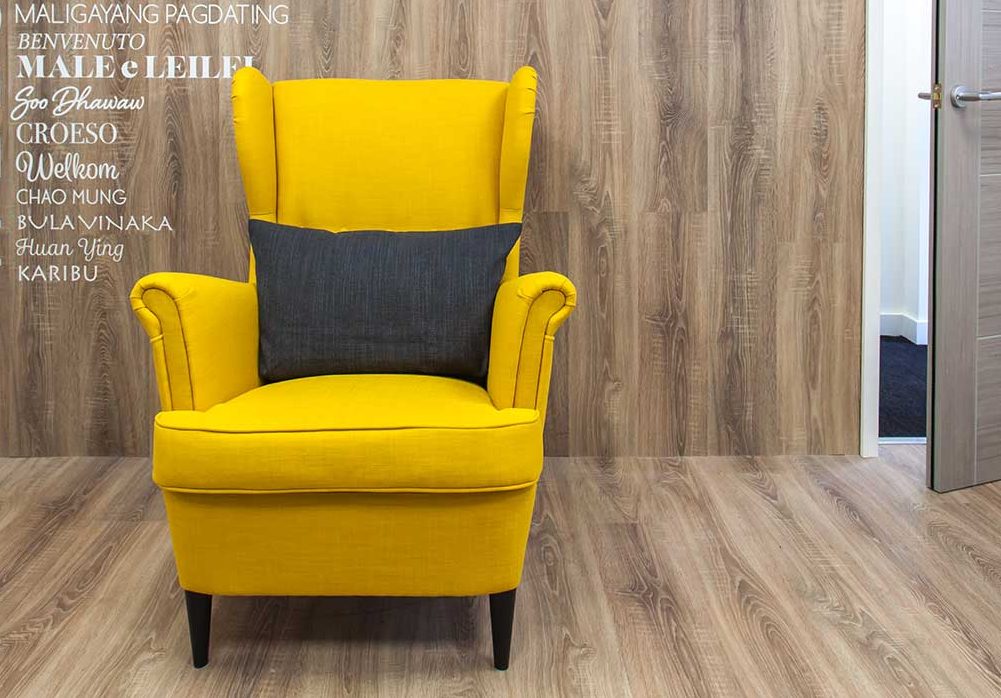AiM maps out how each joint in the body from the feet all the way up to the skull move together in harmony during the gait cycle (walking) and can be applied to sporting activities and static resting posture. It helps us to understand what each joint, ligament and muscle is doing (or ‘not’ doing) throughout the whole body when we are in motion.
For our body to function at its best it is important that all of these individual structures move together optimally, with each part playing its role. If one area of the body reduces it movement (e.g. due to past injury, past surgery or to protect something) and isn’t moving as it usually would, then all of the other areas of the body can be impacted by having to overwork or alter how they would naturally move, which means our body isn’t able to function at its best. This can lead us to move/walk in a less appropriate way. This also means other areas in the body are at risk to injury or pain, which may or may not be the site of your current pain.
Our brain remembers every injury, surgery or trauma we have ever had, from birth to current day. These held memories can lead us to walk or move differently. For example an injury to your big toe years ago may have caused you to limp initially for a while, avoiding fully weight bearing through that foot. Overtime this movement becomes habitual even once recovered. Leading to ongoing and altered loading and mechanical change within the foot, joint and muscular movements higher up in the body.
Therefore it’s VITAL to remind the body of what movements are missing and to encourage it back into alignment where it has the most movement options available to it, to allow for more movement choices and reduce the likelihood of future injury or re-injury.



